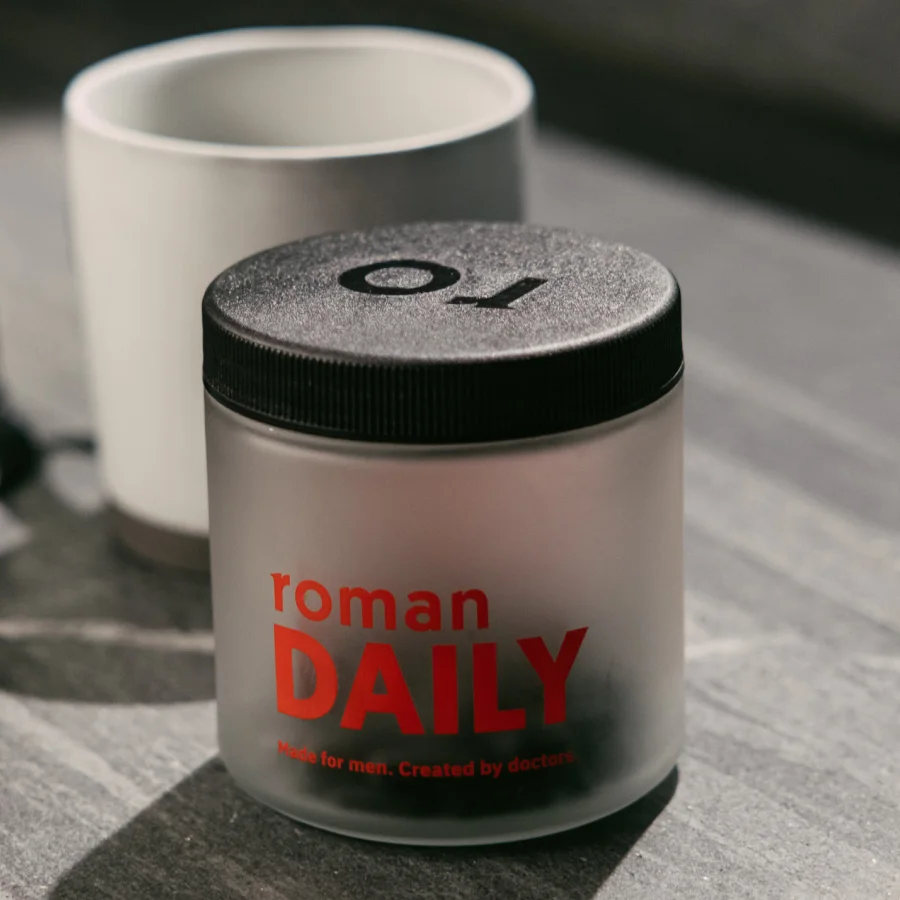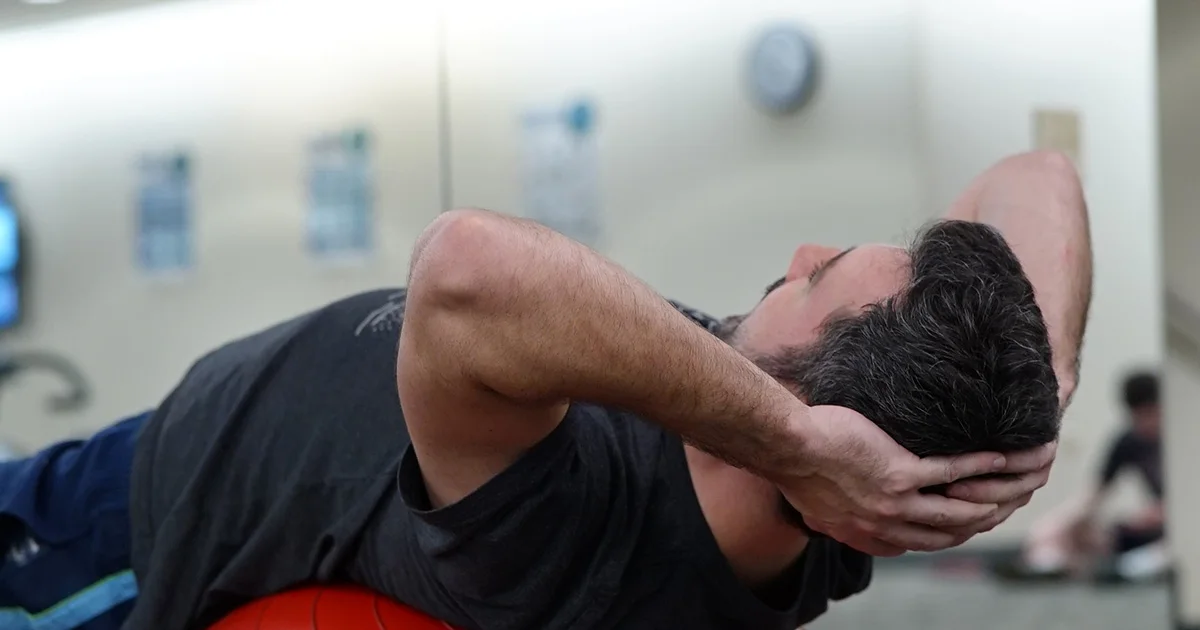Here's what we'll cover
Here's what we'll cover
You may have seen them at your local drug store: vitamin D 5000 IU tablets, advertised as extra strength or high potency supplements to support healthy bones, muscles, and your immune system.
The truth is, we do need vitamin D to stay healthy, but 5000 IU (units) of vitamin D in a daily tablet is more than most people need.
The recommended maximum daily limit of vitamin D in healthy people is 4000 IU. That includes intakes from food, beverages, and supplements. Extra strength supplements are intended for people with low vitamin D levels.
What is vitamin D 5000 IU?
Vitamin D is a nutrient essential for calcium level regulation, strong bones, and healthy immune function.
There are two ways people can get vitamin D: sun exposure and diet (Wimalawansa, 2018). You get most of your vitamin D from sun exposure. The rest comes from the diet. Most people need about 600 to 800 IU (units) of vitamin D per day through their diet (NIH, n.d.).
Vitamin D 5000 IU is a high-dose supplement that can help treat vitamin D deficiency, which occurs when people don’t get enough vitamin D through the sun or their diet.
This happens quite frequently: people who live in northern climates or those who spend most of their time indoors often don’t get enough exposure to sunlight. What’s more, very few foods naturally contain vitamin D (Naeem, 2010).
The vitamin D 5000 IU supplements you see in your local drugstore typically contain vitamin D3, a form of vitamin D that is naturally found in fatty fish. Vitamin D2, the other form, is derived from plant sources. You’re more likely to see D3 in supplements, as research has shown that D3 is more effective than D2 in raising vitamin D levels (Tripkovic, 2017).
For those with dietary limitations or inadequate sun exposure, taking vitamin D supplements can help them meet that daily requirement. However, taking too much vitamin D, can have toxic effects.
Remember, the recommended daily limit for most people is 4000 IU (NIH, n.d.). Vitamin D 5000 IU supplements are at the high end of the spectrum. Typical doses of vitamin D supplements come in 400 IU, 800 IU, 1000 IU, and 2000 IU.
How much vitamin D do I need?
According to research, 42% of adults in the United States don’t get enough vitamin D, and people with darker skin are at an even higher risk; 82.1% of African Americans and 69.2% of Hispanics don’t get enough of the vitamin (Forrest, 2011). The darker your skin, the less vitamin D you make from sunlight exposure.
Most people in the U.S. consume less vitamin D than the recommended 600 to 800 IU per day (NIH, n.d.). Only a few food products naturally contain vitamin D, such as fatty fish and egg yolks. Vitamin D is added to many everyday foods, like milk and cereal, in a public health effort to help make sure everybody is getting enough each day.
Here are some everyday food products and the amount of vitamin D they contain (NIH, n.d.):
Cod liver oil, 1 tablespoonz: 1,360 IU
Salmon (sockeye), cooked, 3 ounces: 570 IU
Trout (rainbow), farmed, cooked, 3 ounces: 645 IU
Mushrooms, white, raw, sliced, exposed to UV light, ½ cup: 366 IU
Egg, 1 large, with yolk: 44 IU
Liver, beef, braised, 3 ounces: 42 IU
Tuna fish (light), canned in water, drained, 3 ounces: 40 IU
Sardines (Atlantic), canned in oil, drained, 2 sardines: 46 IU
Cheese, cheddar, 1 ounce: 12 IU
Ready-to-eat cereal, fortified with 10% of the DV for vitamin D, 1 serving: 8 IU
Check the nutrition label to see the exact amount of vitamin D a food product contains. The label will tell you how much of your daily vitamin D value is met by each serving. One helpful conversion tip to keep in mind is that 1 mcg equals 40 IU of vitamin D (NIH, n.d.).
For people who don’t typically eat many fish or milk products, vitamin D supplements can help meet the daily recommended requirement.
How do I know if I have low vitamin D levels?
The best way to know is to get a vitamin D blood test. But not everyone needs to have their vitamin D levels tested, especially as testing can be expensive, and laboratories may test or report the levels of vitamin D in different ways.
Experts only recommend testing only for people at high risk for vitamin D deficiency, like those populations at high risk for developing low levels, or those with signs suggestive of a vitamin D problem (Kennel, 2010). Screening tests for vitamin D deficiency are not recommended (U.S. Preventive Service Task Force, 2021).
The majority of patients with low vitamin D don’t have symptoms. But for severe and prolonged vitamin D deficiencies, some common signs include (Sizar, 2020):
Muscle weakness
Fatigue
Bone pain
Fractures
The reference ranges for vitamin D blood levels are not well established. According to the NIH’s Office of Dietary Supplements and the Institute of Medicine (IOM), reference ranges are as follows (NIH, n.d.):

Suppose you have low vitamin D levels or vitamin D deficiency. In that case, your healthcare provider may suggest increasing your dietary intake through food products, sun exposure, or supplements, such as high-dose vitamin D 5000 IU pills.
Work with your doctor to determine if you need a vitamin supplement and how much of it.
Can you take too much vitamin D?
If you overdo the supplements, you can get too much vitamin D. If you take supplements with a high amount of the vitamin, like vitamin D 5000 IU, it’s easier to go above the maximum daily intake of 4000 IU. Taking amounts higher than that can increase your risk of vitamin D side effects. Interestingly, getting too much vitamin D is always due to oral intake and not due to excessive sunlight exposure (Sizar, 2020).
Since vitamin D helps calcium absorption, the toxic effects from high doses often result from high calcium levels in your blood. That can interfere with heart and muscle function (Sadiq, 2020). Common side effects of vitamin D overdose include nausea, vomiting, muscle pain, and frequent urination (Sizar, 2020).
If you’re wondering if you need to take vitamin D 5000 IU supplements, the answer depends on your vitamin D levels. If you suspect that you might have low vitamin D talk to your healthcare provider about whether vitamin D testing is right for you, especially if you fall into one of the high-risk categories. Should you have low vitamin D, your healthcare provider will recommend increasing your dietary intake, either through food or supplements. You shouldn’t take higher-than-recommended doses of vitamin D without first discussing it with your doctor.
DISCLAIMER
If you have any medical questions or concerns, please talk to your healthcare provider. The articles on Health Guide are underpinned by peer-reviewed research and information drawn from medical societies and governmental agencies. However, they are not a substitute for professional medical advice, diagnosis, or treatment.
Forrest, K. Y., & Stuhldreher, W. L. (2011). Prevalence and correlates of vitamin D deficiency in US adults. Nutrition Research, 31 (1), 48–54. doi: 10.1016/j.nutres.2010.12.001, https://www.ncbi.nlm.nih.gov/pubmed/21310306
Holick M. F., Binkley N. C., Bischoff-Ferrari HA, Gordon CM, Hanley DA, Heaney RP, Murad MH, Weaver CM., Endocrine Society. (2011). Evaluation, treatment, and prevention of vitamin D deficiency: an Endocrine Society clinical practice guideline. Journal of Clinical Endocrinology and Metabolism, 96 (7), 1911-30. doi: 10.1210/jc.2011-0385. Retrieved from https://pubmed.ncbi.nlm.nih.gov/21646368/
Kennel, K., Drake, M., & Hurley, D. (2010). Vitamin D Deficiency in Adults: When to Test and How to Treat. Mayo Clinic Proceedings, 85 (8), 752-758. doi: 10.4065/mcp.2010.0138. Retrieved from https://pubmed.ncbi.nlm.nih.gov/20675513/
Naeem, Z. Vitamin d deficiency- an ignored epidemic. International Journal of Health Science, 4 (1):V-VI. Retrieved from https://pubmed.ncbi.nlm.nih.gov/21475519/
Office of Dietary Supplements (ODS). (January, 2021). Vitamin D Fact Sheet for Consumers. NIH. Retrieved on February 8, 2021 from https://ods.od.nih.gov/factsheets/VitaminD-Consumer/
Office of Dietary Supplements (ODS). (October, 2020). Vitamin D Fact Sheet for Health Professionals. NIH. Retrieved on February 16, 2021 from https://ods.od.nih.gov/factsheets/VitaminD-HealthProfessional/
Sadiq N. M., Naganathan S., Badireddy M. (2021). Hypercalcemia. StatPearls. Retrieved on February 16, 2021 from https://www.ncbi.nlm.nih.gov/books/NBK430714/#_NBK430714
Sizar O., Khare S., Goyal A., et al. (2020). Vitamin D Deficiency. StatPearls. Retrieved on February 1, 2021 from https://www.ncbi.nlm.nih.gov/books/NBK532266/
Tripkovic, L., Wilson, L. R., Hart, K., Johnsen, S., de Lusignan, S., Smith, C. P., Bucca, G., Penson, S., Chope, G., Elliott, R., Hyppönen, E., Berry, J. L., & Lanham-New, S. A. (2017). Daily supplementation with 15 μg vitamin D2 compared with vitamin D3 to increase wintertime 25-hydroxyvitamin D status in healthy South Asian and white European women: a 12-wk randomized, placebo-controlled food-fortification trial. The American Journal of Clinical Nutrition, 106 (2), 481–490. doi: 10.3945/ajcn.116.138693. Retrieved from https://pubmed.ncbi.nlm.nih.gov/28679555/
U.S. Preventive Service Task Force. Final Recommendation Statement: Vitamin D Deficiency in Adults: Screening. Retrieved from https://www.uspreventiveservicestaskforce.org/uspstf/document/RecommendationStatementFinal/vitamin-d-deficiency-screening#bootstrap-panel--1
Wimalawansa, S. J., Razzaque, M. S., & Al-Daghri, N. M. (2018). Calcium and vitamin D in human health: Hype or real? The Journal of Steroid Biochemistry and Molecular Biology, 180, 4–14. doi: 10.1016/j.jsbmb.2017.12.009. Retrieved from https://pubmed.ncbi.nlm.nih.gov/29258769/










